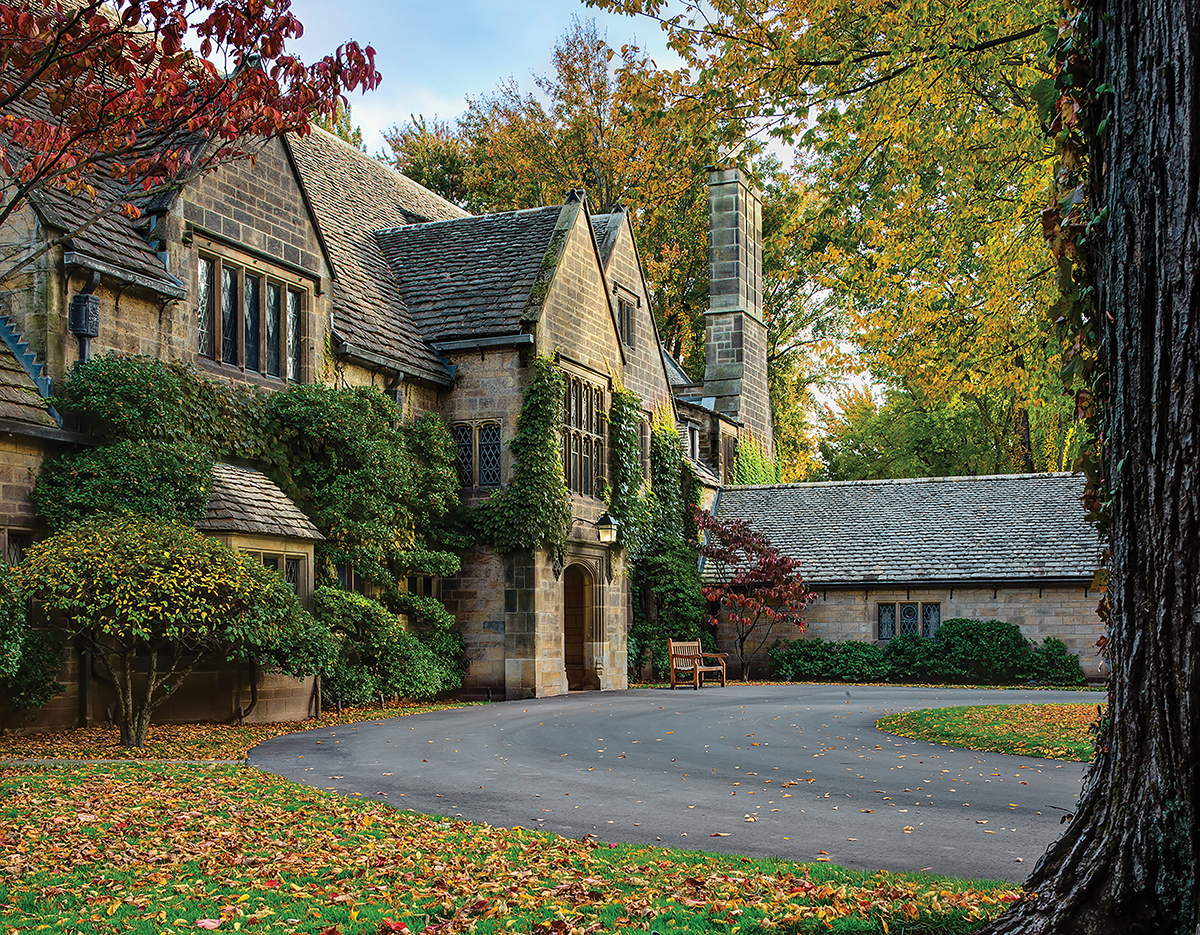
A meticulous lawn surrounds Fair Lane, once the home of Clara and Henry Ford. Mature maples and cottonwoods provide shade, creating park-like appeal. Footpaths wind through the trees toward a spring-fed pond and what remains of Clara’s rose garden. This estate feels worlds away from the busyness of Detroit, and that was precisely what drew the couple. But Henry Ford was not the only auto magnate to create a lush suburban retreat. While Ford and many other 20th-century industrialists immersed themselves in the cacophony of the burgeoning automobile industry by day, they then settled into their grand estates and magnificent gardens in the evenings. Near Detroit, these include Fair Lane, the Edsel and Eleanor Ford House, and Matilda Dodge Wilson’s Meadow Brook Hall.
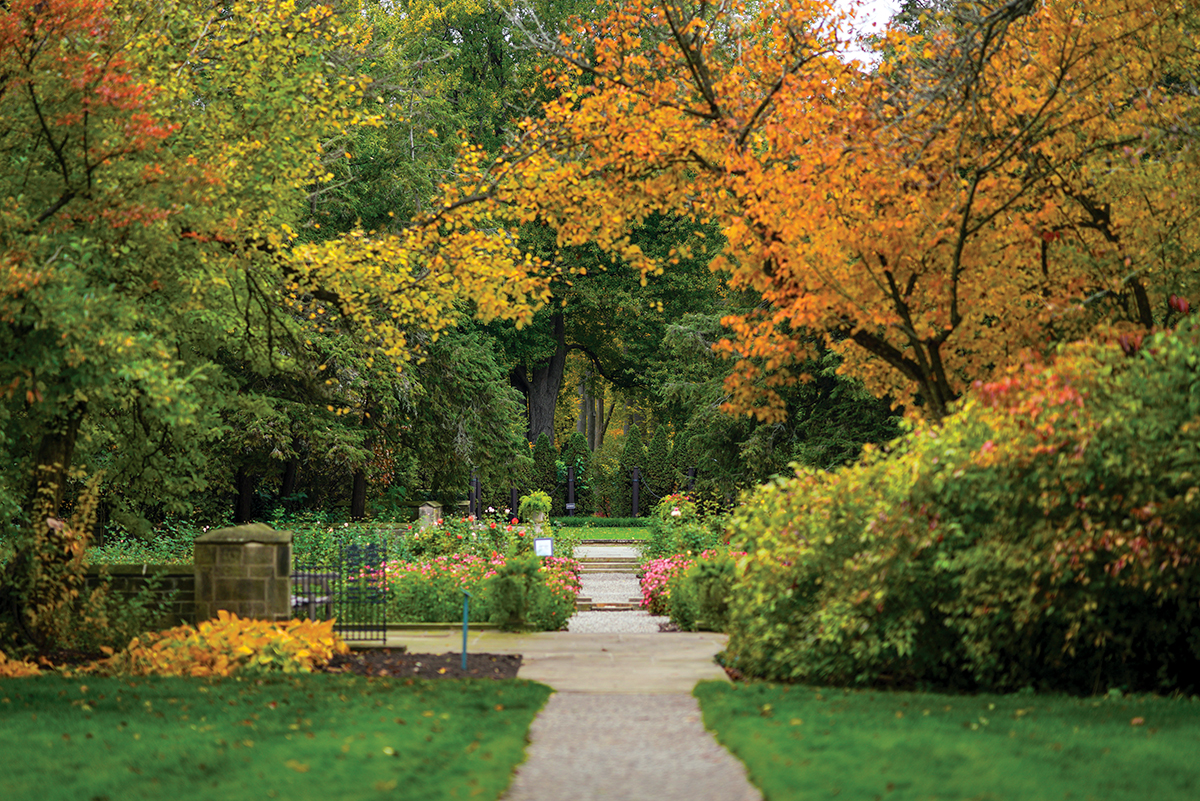
Clara and Henry Ford Estate, Fair Lane
Henry Ford sold his millionth Model T in 1915, the same year that he, Clara, and only son Edsel moved into Fair Lane. Set among woodlands and farmland in the city of Dearborn, just outside of Detroit, the Fords’ 31,000-square-foot, 56-room mansion resembled a Scottish castle. Inside, the home was customized with hand-carved woodwork, an indoor pool, and an organ with 31 sets of pipes. A private powerhouse designed by Thomas Edison provided electricity to the property.
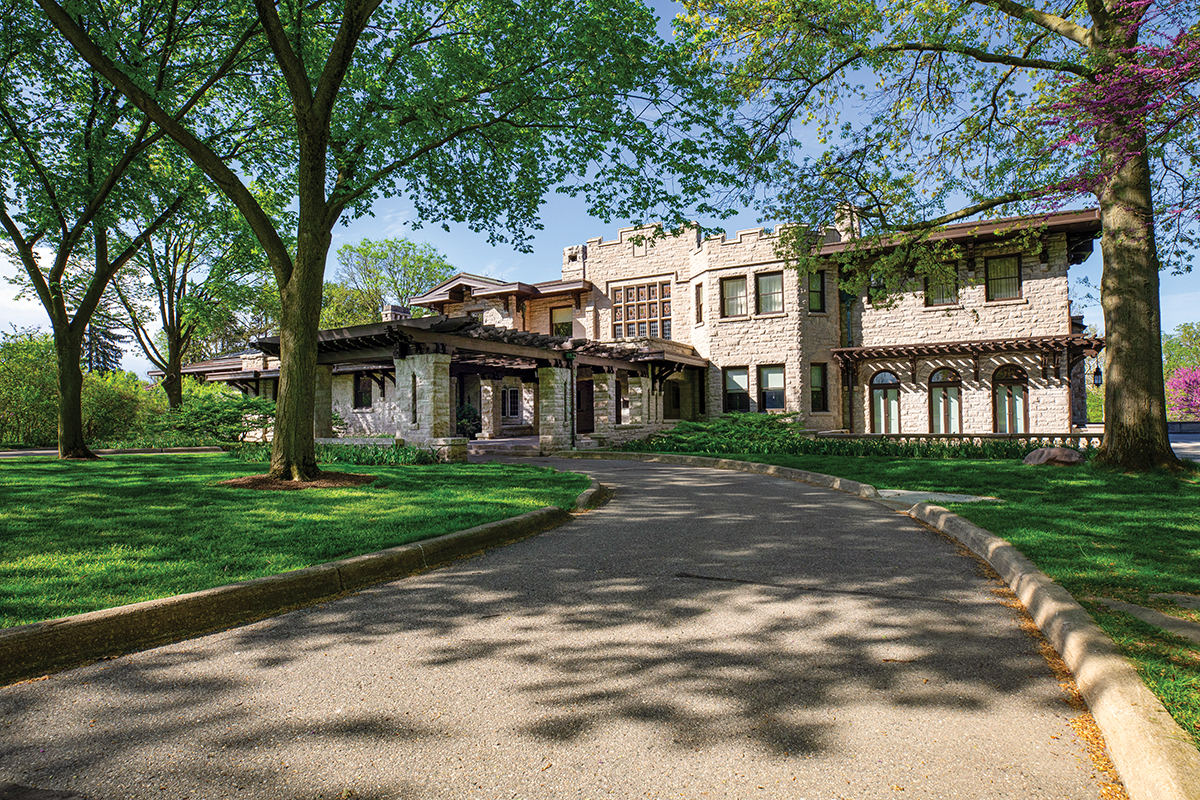

Landscape architect Jens Jensen was tasked with creating grounds fit for Fair Lane that would also allow Henry to indulge in his favorite pastime—bird-watching. A strong advocate of natural-looking green spaces and native plants, Jensen sculpted grassy knolls and planted groves of American plums, dogwoods, and elms. He added Hawthorns to the meandering Trail Garden and purple irises to the Rouge Riverbanks and the lily pond.
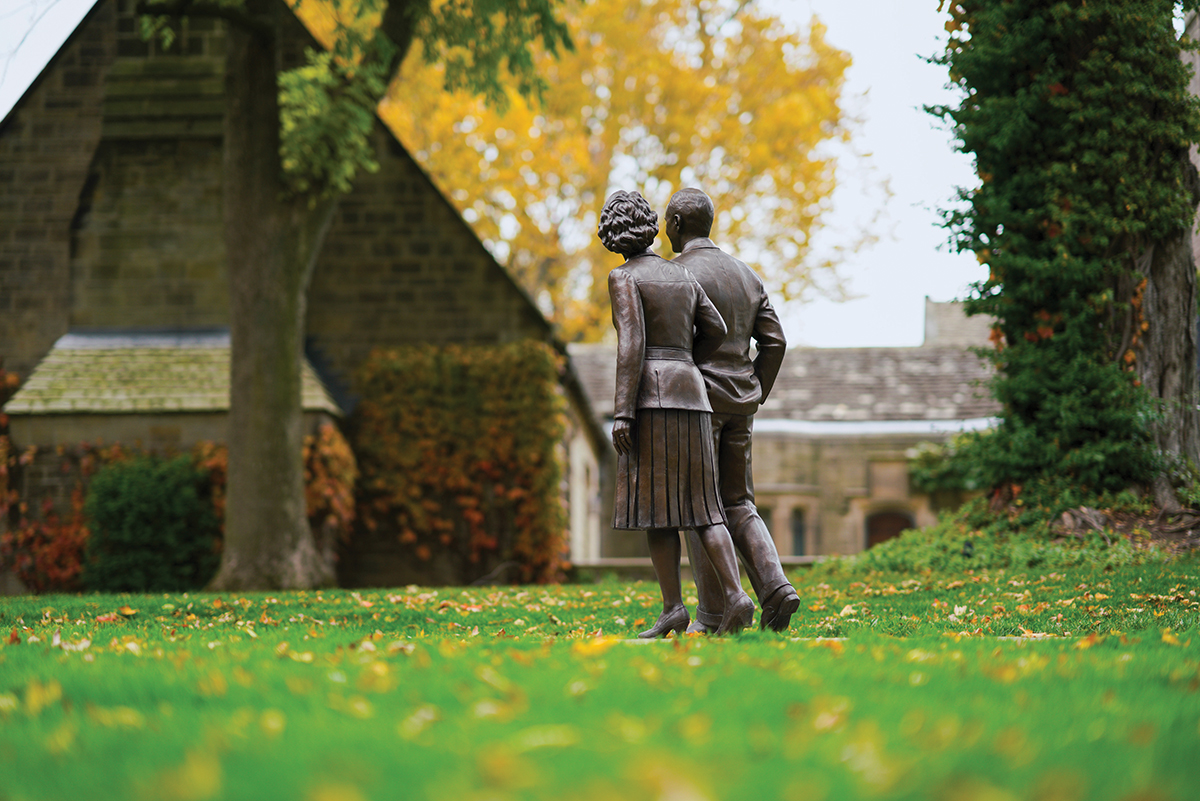
“The landscape plans at Fair Lane were essentially complete in 1921,” says Karen Marzonie, director of gardens and grounds at Fair Lane. “The only thing left to plant was Clara’s 2 ½-acre rose garden, which would include 10,000 roses.” Clara wanted the gardens located near the house to be enjoyed while entertaining. Jensen opposed the plan, fearing it would interfere with the estate’s naturalistic ambiance. The rift would cause Jensen and Clara to part ways.
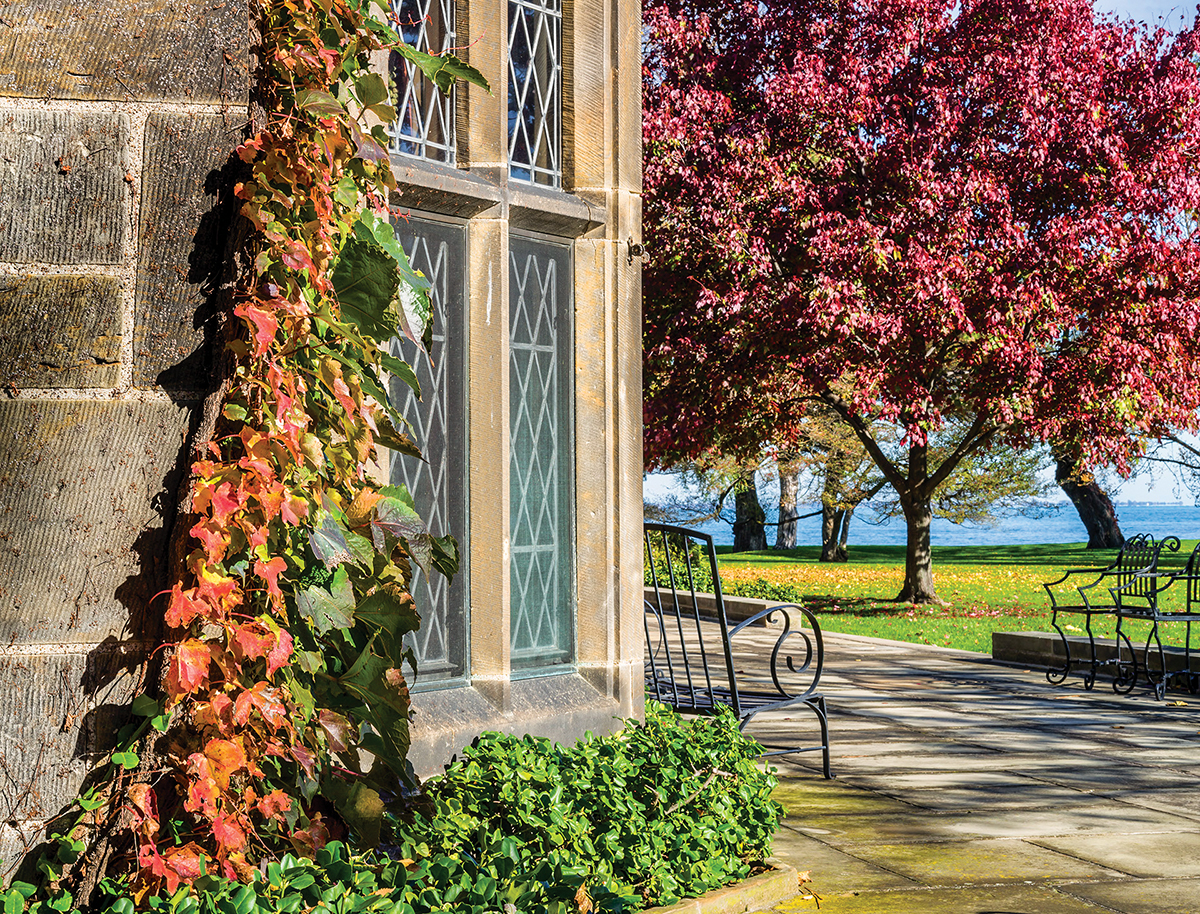
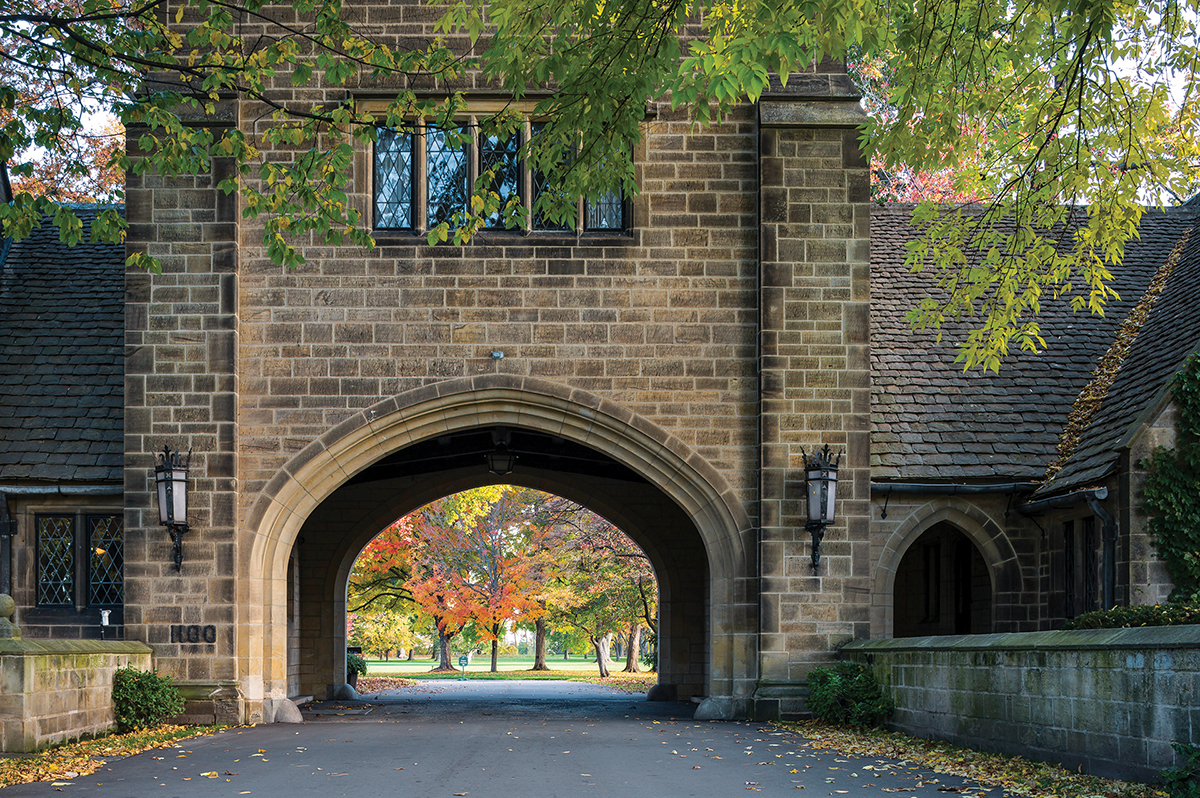
Decades of modernization and hard use took their toll on Fair Lane when the estate served as part of the University of Michigan campus from 1957 to 2010. A flood then collapsed Jensen’s riverside landscaping in 2011, causing many of its gardens to fall into neglect. But the framework of the Fords’ vision—including the wildflowers bordering the Trail Garden, the grape hyacinths and harebells in Clara’s Blue Garden, and acres of shade trees—remains today while an ongoing restoration project aims to further restore the landscapes.
Edsel and Eleanor Ford House
Like his father, Edsel Ford sought an idyllic retreat for relaxation when he and wife Eleanor broke ground in the town of Grosse Pointe Shores in 1926. The Fords’ 30,000-square-foot Tudor Revival residence on Lake St. Clair was designed by Albert Kahn. Its 60 rooms were paneled with 16th-century wood and fitted with stone fireplaces salvaged from a post-World War I Europe. On the walls hung paintings by Fra Angelico, Renoir, and van Gogh.
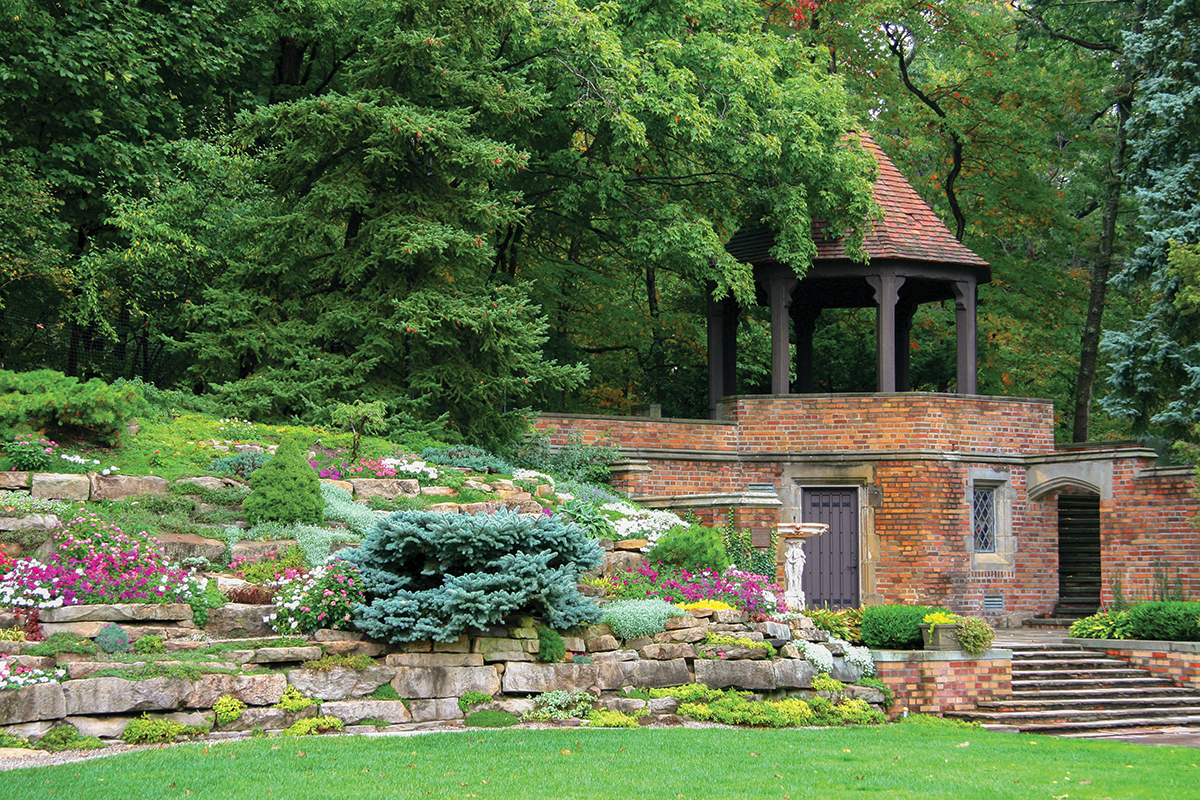
While the interiors of the Edsel and Eleanor Ford House were lavish, its gardens, also designed by Jens Jensen, were rather understated. “Jensen’s landscapes were big and grand, but they were not ostentatious,” says Karl Koto, director of landscapes at the estate. Just as he had at Fair Lane, Jensen relied on natural plantings. White trilliums, buttery coreopsis, dogwoods, redbuds, and coneflowers were interspersed with pockets of maidenhair and ostrich ferns. A bird sanctuary was planted along the shores of Lake St. Clair. And the wide, sweeping lawn received towering silver maples and cottonwoods.

“Everything appears natural here with an abundance of wildflowers and trees,” says Koto. “But when the Fords bought this property, it was a cornfield.” Every plant was chosen with deliberateness and made to appear as if the landscape had looked this way forever.
The notable exception to Jensen’s plan was Eleanor’s Rose Garden, designed at her request as a formal, tidy plot. Perhaps Jensen agreed to include this contrasting element in his plan so as to avoid a repeat rift, this time with Eleanor.
Meadow Brook Hall
The very year that Edsel and Eleanor broke ground, Matilda Dodge Wilson began her own Tudor Revival estate, Meadow Brook Hall in suburban Detroit’s Rochester. The widow of automotive giant John Dodge, Matilda and second husband Alfred Wilson outfitted their home with Tiffany glass windows, gold-plated fixtures, hand-carved stonework, and a full-size home theater. At 88,000 square feet, Meadow Brook was more than twice the size of either Ford estate. “This was the ‘Country Place Era,’ ” says Kim Zelinski, senior director of operations and estate development at Meadow Brook. “The wealthy built grand rural estates, and then they built gardens surrounding them. And those gardens often equaled the cost of the house itself.”
—Kim Zelinski, senior director of operations and estate development at meadow brook hall

English landscape architect Arthur Davidson fashioned Meadow Brook’s master plan in 1928, drawing up a blueprint that included a rock garden, children’s garden, and specialized spaces focused on wildflowers, aquatic plants, roses, peonies, magnolias, and herbs. There also were drawings for a breakfast garden, a maid’s garden, a dancing garden, and a plant hospital, all of which would complement Matilda’s formal parterre and landscaped lawns. “Meadow Brook was designed to include a lot of gardens,” says Zelinski. “Unfortunately, the Great Depression curtailed Matilda’s plans.”

Only half of the planned gardens materialized, 16 of which remain. But it’s hard to imagine Matilda dissatisfied with the results. Multicolored sedum and sweet alyssum spill over rock walls. A dozen rose varieties, segregated by carefully trimmed boxwoods, fill the Rose Garden. Walkways burst with the colors of cherry-red begonias, blue Veronica, and ivory hydrangeas.
“Matilda used her gardens for entertaining, for outdoor teas and, after she founded Oakland University, for school functions,” says Zelinski. “And she was very hands-on in the care and maintenance of the plantings.” While the automotive boom may have been good for Matilda’s bank account, it was among her flowers that she found the most joy.

By Amy S. Eckert | Photos courtesy of Meadow Brook Hall, Ford House, and Bill Bowen
Explore Skylands, Edsel Ford’s estate in Maine, now Martha Stewart’s summer escape.
Don’t miss our collection of must-see American estate gardens.
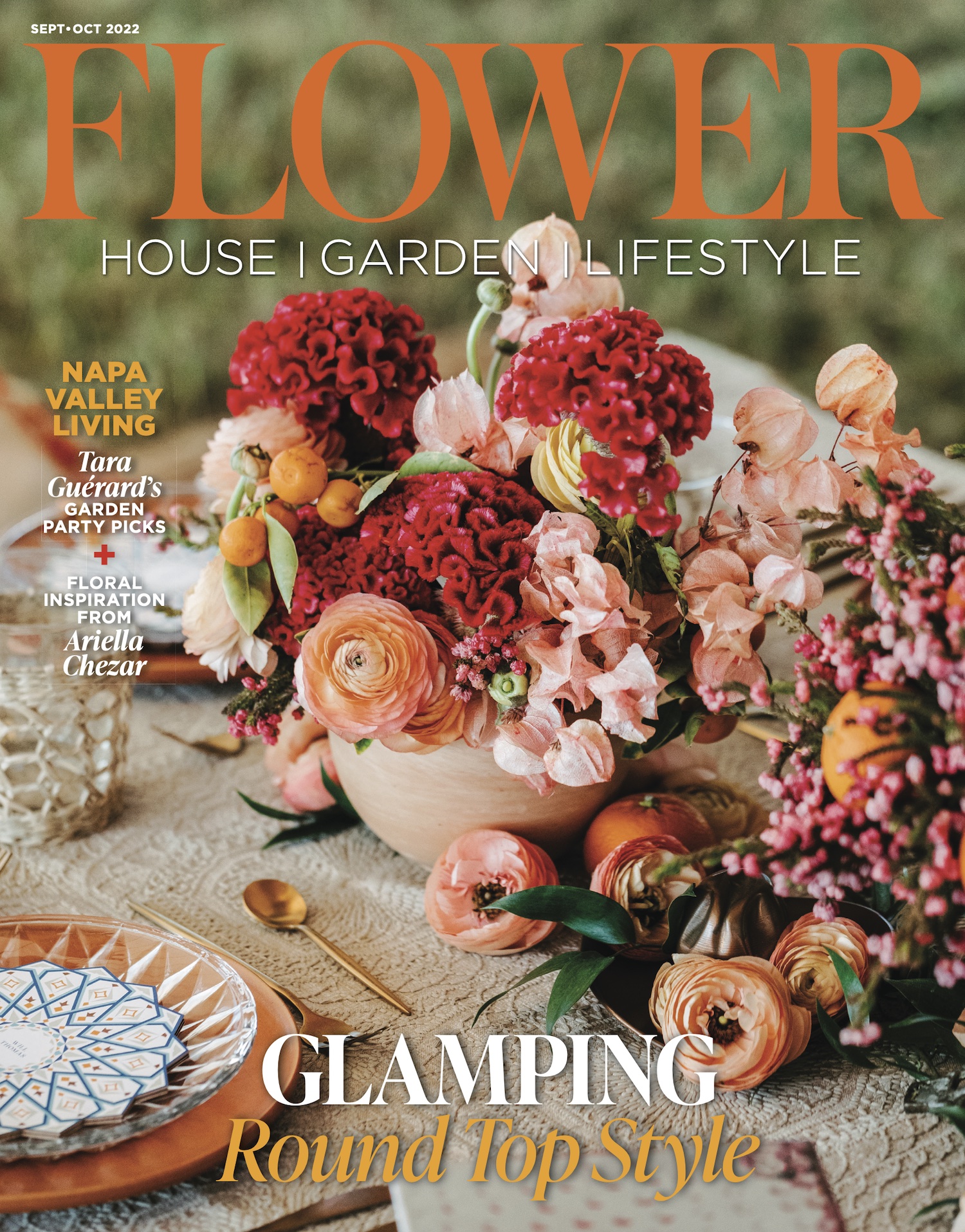
This story first appeared in Flower magazine’s Sept/Oct 2022 issue.
